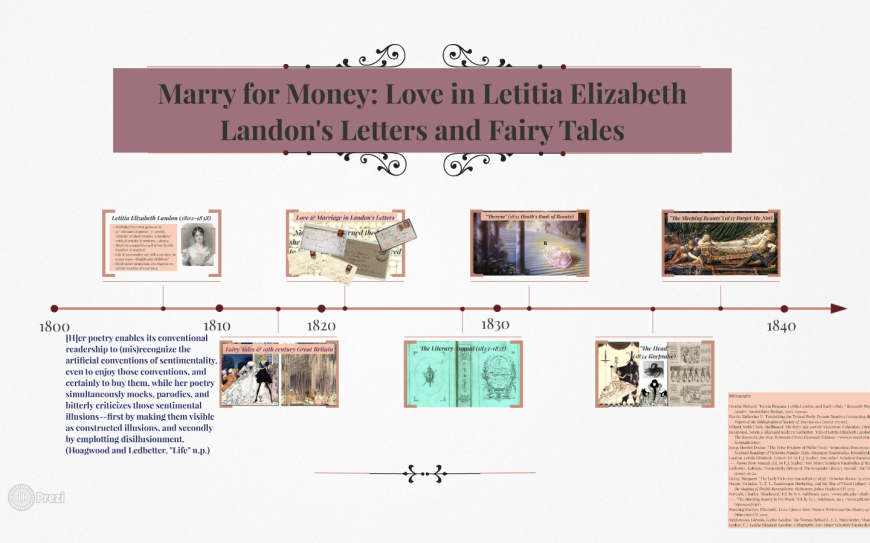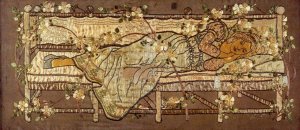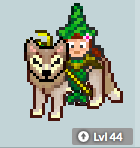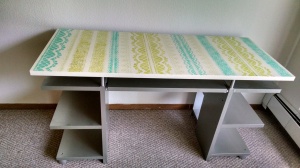My fascination with the fairy-tale genre should be obvious by now. It has sustained me for years, academically since 2008 and my introduction to Anne Sexton’s Transformations, but since childhood in the form of Disney (in particular The Little Mermaid) and bedtime stories from a big illustrated book of Grimms’ fairy tales. In the last couple of years, the literary annual has entered into my list of favorite genres, and today I will be adding the romance.

Labbe’s The Romantic Paradox
Jacqueline M. Labbe’s The Romantic Paradox: Love, Violence and the Uses of Romance, 1760-1830 (2000) has blown my mind. I came across Labbe’s book while researching Letitia Landon, and I definitely was not disappointed in her analysis of Landon’s work, especially given that it largely supports my own interpretation of Landon’s subversive use of the fairy tale. Without going into great detail, Labbe basically argues that Landon subverts the romance genre and in doing so expresses a profound disillusionment. Moreover, she characterizes Landon as an authorial femme fatale, symbolically ruining or killing the romance even while she utilizes it for her own purposes. (How can I not squee over such a beautiful overlap of so many of my favorite topics and themes?)
But while Labbe’s analysis of Landon was both exciting and eye-opening, her discussion of the romance genre has caused me to seriously reflect on the intersections of this genre and the fairy-tale genre that has held my interest for so long. Labbe begins her introduction as follows:
“The Romance has always had a bad press within Romanticism. As a genre, its associations with women readers and writers and assumptions of its inherent inferiority to, for instance, the epic, the ode, or even the sonnet have for many readers contained its power; as a plot-line, its fabled preoccupation with love and fantasy has limited its appeal. The romance is rule-bound, immature, feminised and predictable: readers know the outcome before the story even begins.” (Labbe 1)
Already the similarity to the fairy tale (and even the literary annual) is apparent: its a fluffy genre, appropriate for women to write and read, includes elements of romantic love and fantastic magic, and is formulaic.
Labbe then discusses what she calls “the Romantic romance,” or the romance as interpreted by Romantic poets:
“The Romantic romance contains all the necessary ingredients, although not always at the same time: a love relationship central to the plot; a hero, heroine and villain; journeys, adventure and escapes; the supernatural or magical. Importantly, however, it largely dispenses with ‘happily ever after’; lovers meet, love, are parted, but seldom are reunited, and if they are, it is seldom to good effect. Instead of celebrating their happiness, the Romantic romance utilises their distress; it finds in the elements of the romance justification for pursuing a changed romance. [. . .] The traditional romance is inherently deeply conservative in its gender constructions; indeed, many gender stereotypes about strong heroes and passive, beautiful heroines are directly traceable to its plot. The Romantic romance throws down a challenge to the romance of gender; subverting the familiar angles of plot, the Romantic romance reveals the emptiness of generic rhetoric.” (Labbe 2-3)
Romanticism has ever been a period that I’ve struggled to get into and interact with. My fascination with Landon and with the figure of the femme fatale (as seen in the poetry of Coleridge and Keats) has enabled me to find a foothold in the period, but I am now fascinated by Labbe’s Romantic romance. What she describes as the Romantic romance directly ties in with what fascinates me about the proto-feminist fairy tales I’m currently writing about: largely, the upset of the “happily ever after” and gender stereotypes.
Even more similarities can be found when Labbe later discusses the instructive nature of the romance. She writes in the first chapter,
“In many ways, the moral of the conventional romance is the preservation and strengthening of the status quo [. . .] Romance offered, even demanded, the continuation of a lifestyle where strength and goodness were rewarded, gender distinctions (mostly) upheld, men protected women, social classes were strictly observed and believed in.” (Labbe 33)
Inherent to the traditional fairy tale is the moral, an aspect of the genre that was explicit in some cases, such as the fairy tales of Perrault. Furthermore, Perrault’s fairy tales were written to educate and instruct children in their courtly gender roles. While the fairy tales of the French conteuses of the same time period were more subversive, attempting to expand women’s role in society, many fairy tales throughout the centuries are more concerned with the reification of cultural mores than with the transformation of social expectations and society in general. The classical fairy tale would therefore seem to have much in common with the “conventional romance.”
My knowledge of the romance genre, and the Romantic romance in particular, is still very basic and incomplete, but I am very pleased to have found another point of interest in the Romantic period. Perhaps more importantly, Labbe has caused me to question how much of my discussion of proto-feminist fairy tales is perhaps more a discussion of Romantic romance or proto-feminist romance. The same generic playfulness and/or subversion is present not only in Landon’s fairy tales but also in those that come later in the century. Could there be a Victorian romance waiting to be revealed? And how much do the genres of the romance and the fairy tale crossover? Is there a distinction that I’m missing? While such classic tales such as “Little Red Riding Hood” seem to share little with the romance, fairy tales such as “Cinderella” seem to share much with the romance.
Such intersections are certainly worth pondering more. But for now, I’ll leave you with a final fascinating quotation from Labbe:
“As the century progresses and the romance becomes ever more popular and widespread, it also gains the ability to engage directly with the violence it describes: texts become metaphorically blood-soaked as human relations disintegrate into an anti-fairy-tale world of dying unhappily ever after.” (Labbe 4, my emphasis)













